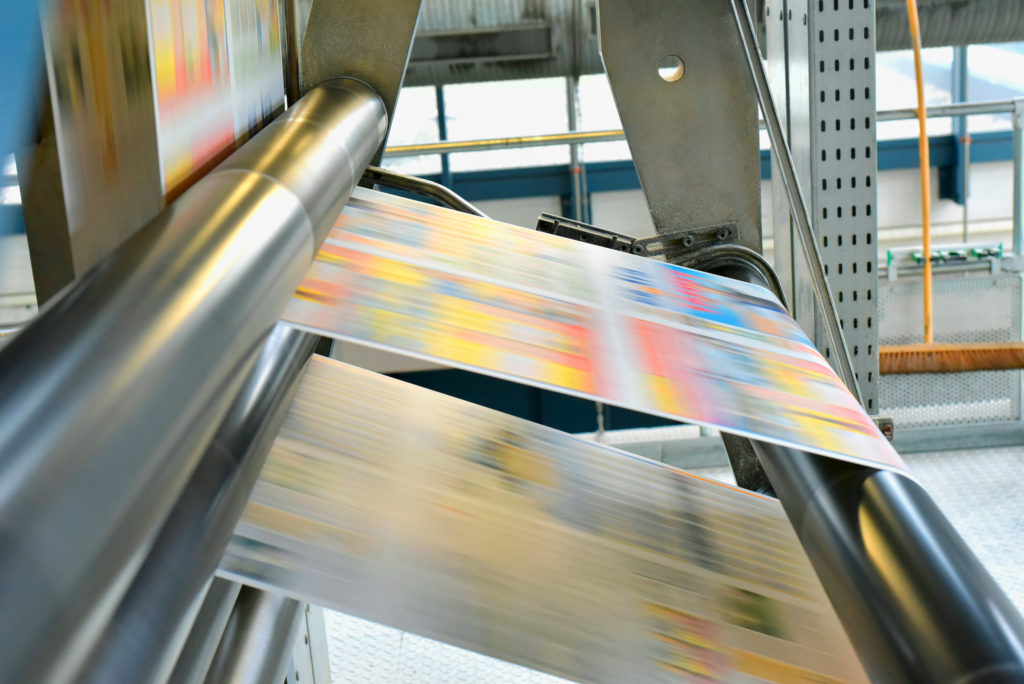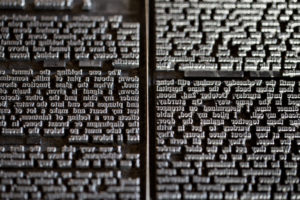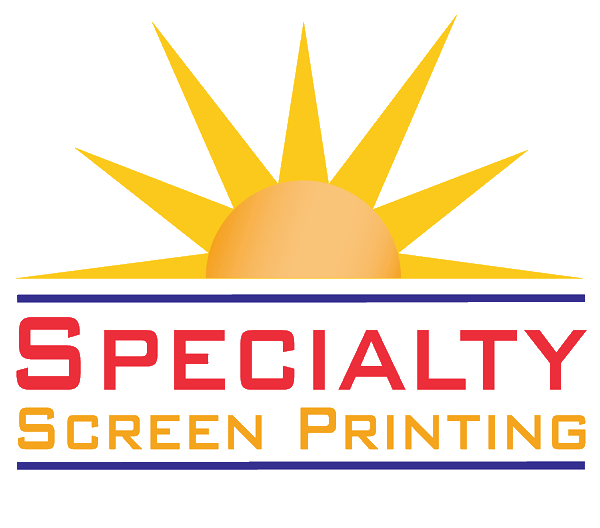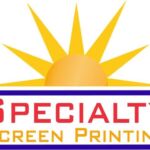
Photo credit: industryview
Screen printing is famous for its versatility and durability, and if you’re looking for signs, placards, window clings, labels, and even decorative tiles, Specialty Screen Printing can help.
But if you need to print a newspaper or 15 copies of a report for your team at work, some other printing method might be more economical and efficient. Let’s review some other printing methods and their uses.
Letterpress, the revolutionary printing method invented by Johannes Gutenberg in the 15th century, is how many people think of printing. Ink is spread across raised letters and transferred directly onto paper or another surface. Think of childhood ink stampers or the date stampers that you still see in some offices.

Letterpress type. Photo credit: sleep24
Letterpress printing was the most common printing method for magazines and newspapers until the mid-20th century.
Flexography is similar to letterpress, but instead of metal, the raised letters and images are on a rubber roll that transfers the ink. It’s commonly used for printing on cans and large volumes of boxes and product packaging.
Rotogravure uses small wells etched into a plate. When the plate passes over the substrate (paper, cardboard, etc.), the ink is pressed into the substrate. Rotogravure is a more expensive process, but because the ink on the substrate is thicker, colors tend to be more vivid.
Rotogravure is often used to print on glossy paper such as magazines, newspaper supplements (The New York Times Sunday Magazine is one example), calendars, and even some books.
Offset lithography is one of the most common printing methods, although it has been replaced by digital printing for many smaller print jobs. It’s the most common printing method for the publishing industry.
With offset, images and text are “burned” with light onto a chemically-treated aluminum plate. Ink adheres to the chemicals remaining on the plate and is then transferred to a rubber blanket and then to the paper.
Digital printing is familiar to anyone who has used a home or work printer to reproduce documents and designs created on a computer. An inkjet printer shoots tiny streams of ink onto the printing material. A laser printer uses an electrically charged powder that adheres to the substrate.
Digital printing can also be used on a variety of substrates and shapes and allows for a higher degree of customization, like printing mailing labels.
Screen printing, in which ink is pressed through a screen onto the substrate, is also incredibly versatile in terms of printing surfaces. It’s often used for printing T-shirts, although we don’t do printing on clothing at Specialty Screen Printing. Our expertise is printing industrial components, signs, and marketing materials.
No matter what type of printing project you have in mind, give us a call, and we will talk to you about options based on your specifications and budget.
Specialty Screen Printing, a family-operated business, provides custom screen printing of all types and on all shapes of objects. We can print on glass, metal, wood, plastics, pressure-sensitive films, polycarbonate, and polyester. If you have an unusual shape to print on, a design that requires durable inks, or a problematic surface, give us a call. We love to help solve printing challenges!
Message us at info@specialtyscreenprinting.com, and let’s brainstorm about your next project.



